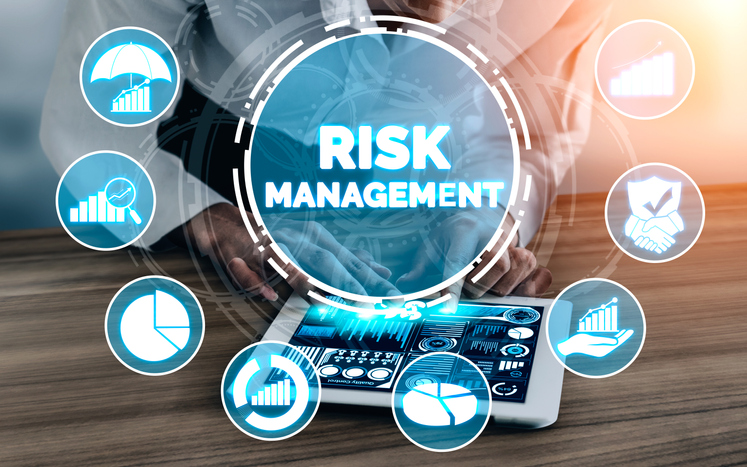
- Cyber Supply Chain Risk Management (C-SCRM) is a vital strategy to mitigate risks in supply chains, encompassing vendor vetting, continuous monitoring, and compliance with regulations.
- Effective C-SCRM policies require alignment with standards like NIST CSF 2.0 and ISO 27001, focusing on supplier categorization, incident response, and ongoing risk assessments.
- Key practices for C-SCRM include involving CISOs, performing regular assessments, and ensuring cross-departmental collaboration for a holistic approach.
Cyber Supply Chain Risk Management (C-SCRM) identifies, assesses, and mitigates cybersecurity risks within an organization’s supply chain. By encompassing risks from procurement tools, third-party vendors, and developers, C-SCRM extends beyond traditional third-party risk management. Its lifecycle involves vendor vetting, assessing security postures during acquisition, implementing regular risk assessments, and continuous monitoring. These practices ensure the security of sensitive information and business continuity in the face of potential cyber threats.
C-SCRM differs from Information and Communications Technology Supply Chain Risk Management (ICT SCRM) in that it addresses a broader range of risks, including data breaches, geopolitical issues, and supplier governance. Regulations like GDPR, HIPAA, and PCI DSS increasingly emphasize supply chain risk management. For example, GDPR mandates that third-party data processes align with strict security principles, while HIPAA requires business associate agreements to handle protected health information. These regulations highlight the critical role of C-SCRM in compliance and risk mitigation.
Best practices for C-SCRM include involving the Chief Information Security Officer (CISO) in strategy development, maintaining updated supply chain inventories, and categorizing suppliers by their criticality and risk. Automated tools, like UpGuard, support scalable monitoring and assessment of extensive vendor ecosystems. Aligning C-SCRM programs with established standards, such as NIST CSF 2.0 and ISO 27001, ensures structured governance, effective incident response, and continuous risk evaluation.
Comprehensive C-SCRM policies must address regulatory compliance, supplier vetting, and ongoing monitoring to protect against supply chain vulnerabilities. Clear contractual obligations, regular reporting, and metrics like supplier security ratings provide insights into program effectiveness. By integrating cross-departmental collaboration and prioritizing high-risk suppliers, organizations can proactively secure their supply chains against cyber threats, ensuring operational resilience and regulatory adherence.


Leave a Reply
You must be logged in to post a comment.